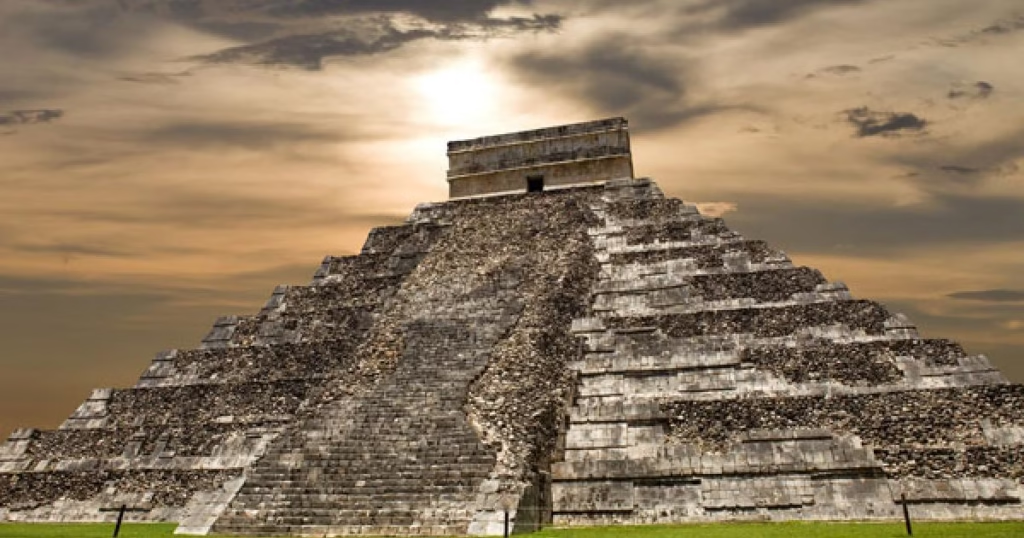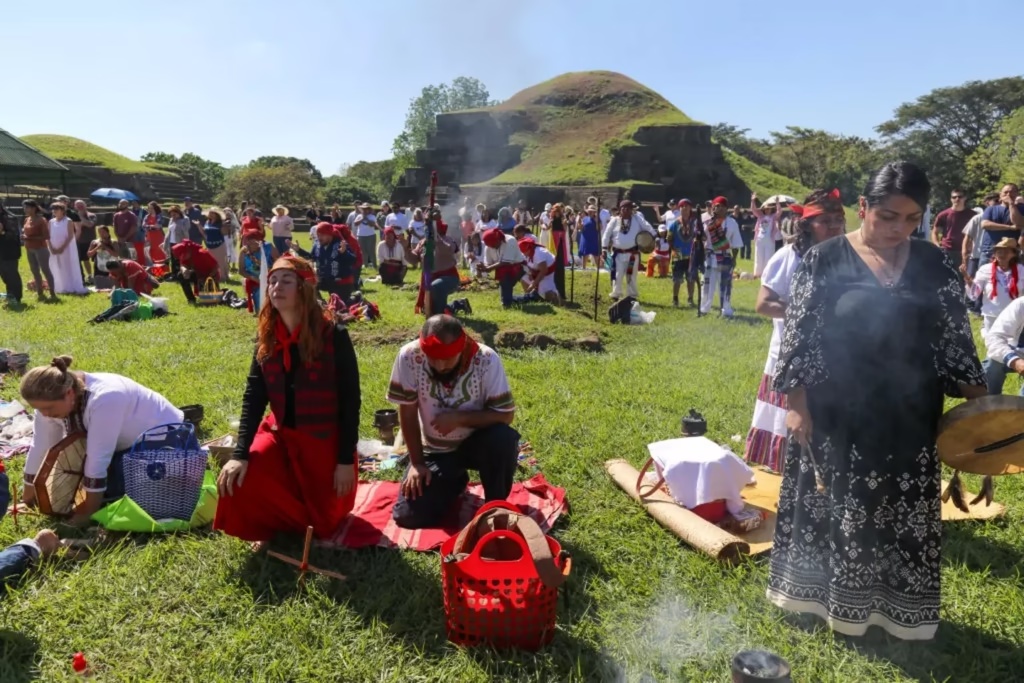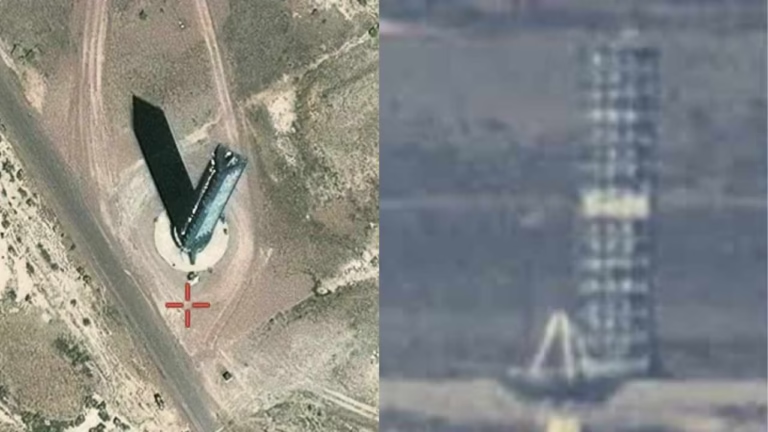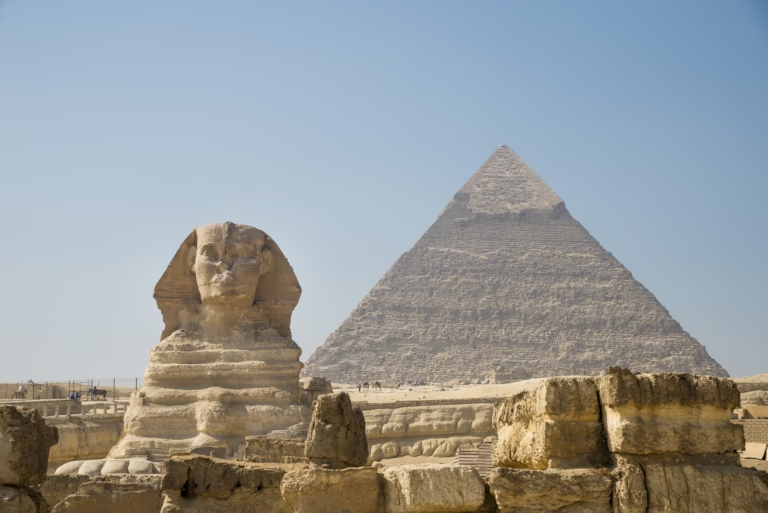The Mysterious Decline of the Mayan Civilization!

The Mayan civilization, once a mighty force in Mesoamerica, flourished for centuries before mysteriously fading away. Spanning present-day Mexico and Central America, the Mayans built grand cities, created impressive monuments, and developed a sophisticated culture. However, during the 8th and 9th centuries, much of their civilization began to collapse, leaving behind abandoned cities and unanswered questions. Despite their eventual conquest by Spanish colonizers, the Mayans as a people still persist today. But what caused the downfall of such a powerful civilization? Here are several theories that attempt to explain the Mayan collapse.
Power Struggles Within the Civilization
One of the main reasons often suggested for the fall of the Mayans is internal conflict and power struggles. The Mayan civilization wasn’t a single unified empire, but rather a network of independent city-states that often fought for control. Archaeological evidence, such as inscriptions on monuments, points to periods of intense rivalry between cities. In some areas, like what is now Cancún, there is evidence of cities being attacked or overrun. The lack of new monuments or buildings in the aftermath indicates that these cities were abandoned, possibly due to military defeat or civil unrest.

Overpopulation and Resource Depletion
Another theory involves overpopulation. At its height, the Mayan city of Tikal is believed to have had a population of around 50,000. As the population grew, it would have put immense pressure on the available resources. The fertile land may have become insufficient to feed such a large population, leading people to move to other areas in search of more sustainable living conditions. However, this theory doesn’t explain why entire cities were abandoned, leaving some to question if there were other contributing factors at play.

Drought and Climate Change
Environmental factors could also have played a critical role in the decline of the Mayan civilization. Studies suggest that climate change, particularly prolonged drought, might have contributed to the collapse. Deforestation, caused by agricultural expansion, reduced the land’s ability to absorb solar radiation, leading to less rain and crop failure. With the inability to produce enough food, the larger cities would have struggled to survive, forcing people to abandon them.

Political Unrest and Decline
National Geographic points to political instability as another factor. In the 11th century, the city of Uxmal, once a powerful center of Mayan culture, began to decline while nearby Chichén Itzá grew. This shift in power dynamics may have disrupted the cohesion of the Mayan civilization, making it more vulnerable to further decline. The loss of key cities could have created significant political and economic fractures, destabilizing the entire region.

The Legacy of the Mayan Civilization
Though much of the Mayan civilization declined, it didn’t entirely vanish. The people and their culture persist today, with millions of Mayans still living across Central America. While the reasons for the decline of their civilization remain speculative, it’s clear that a combination of internal conflicts, environmental challenges, and political shifts contributed to the fall of this once-great empire. The Mayans may have left behind mysterious ruins, but their legacy endures.






